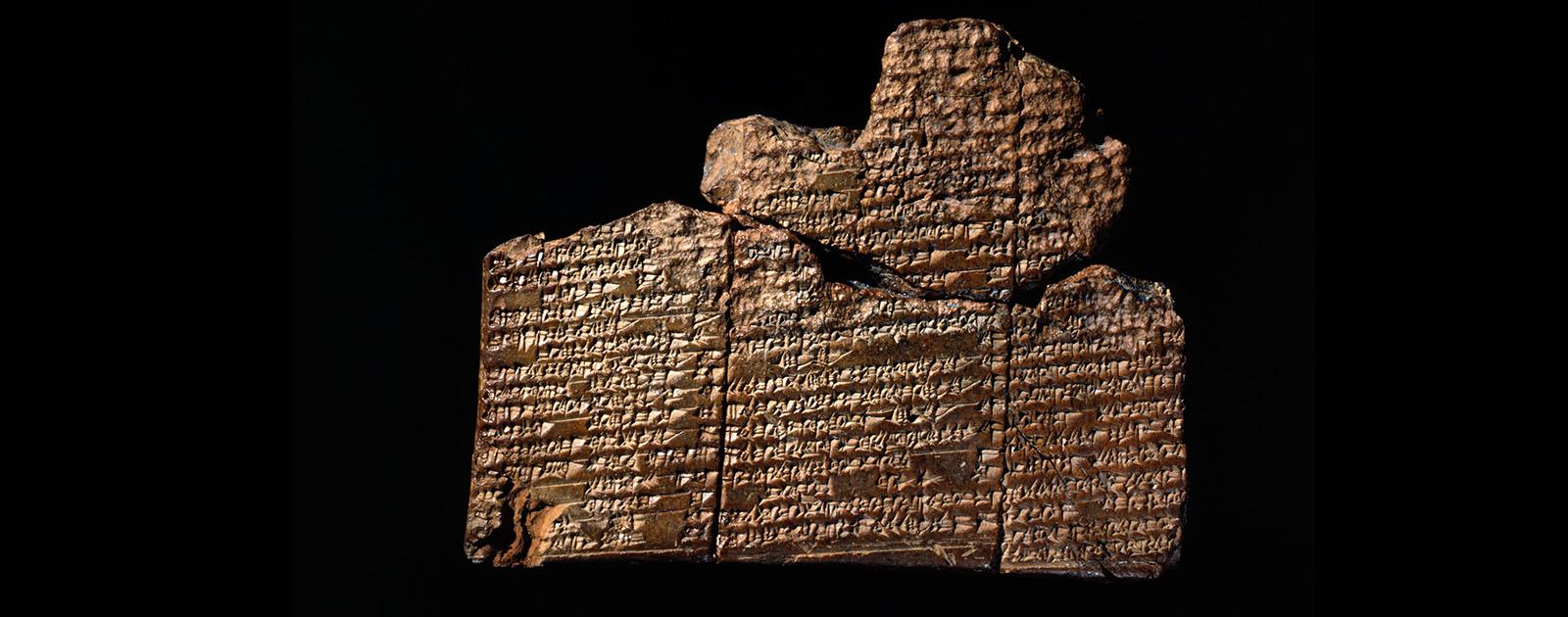One of the most exciting events in Near Eastern archaeology was the discovery of a cuneiform tablet from Nineveh that recounted the ancient story of Gilgamesh. The tale is remarkable not only for being mankind’s oldest epic, but also because it tells the story of a catastrophic flood that parallels the biblical story of Noah.
The translation of the tablet caused a sensation when it was first announced in 1872. Other tablets with versions of the flood story were later discovered at a number of ancient Near Eastern sites.
A tablet discovered in the ruins of the ancient Babylonian city of Nippur in the 19th century by a team from the University of Pennsylvania also tells the story of a plan by the gods to destroy the world by means of a great flood and recounts the tale of an immortal man named Utnapishti, who builds a huge boat to rescue his family and every type of animal.
Dating from the 17th century BC, the tablet contains six columns of text, three per side, with 10 to 15 lines in each column. Written in Sumerian, it not only tells the story of the deluge but also describes the creation of humans and animals and records the names of antediluvian cities and their rulers.
It reads, in part: “… A flood will I send which will affect all of mankind at once. But seek thou deliverance before the flood breaks forth, for over all living beings, however many there are, will I bring annihilation, destruction, ruin. Take wood and pitch and build a large ship! … take into it … the animals of the field, the birds of the air and the reptiles, two of each … and the family …”





